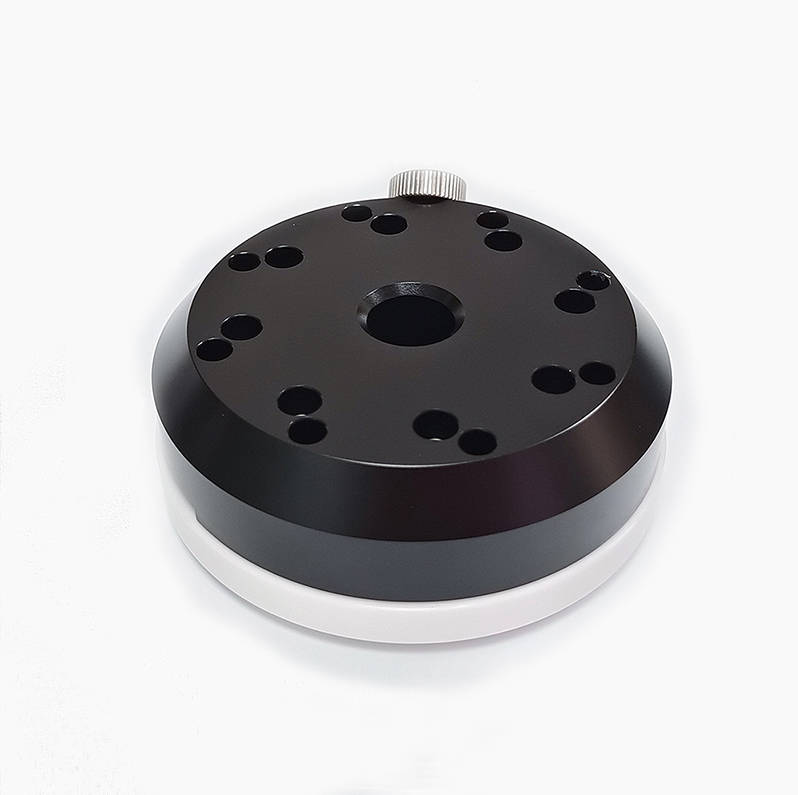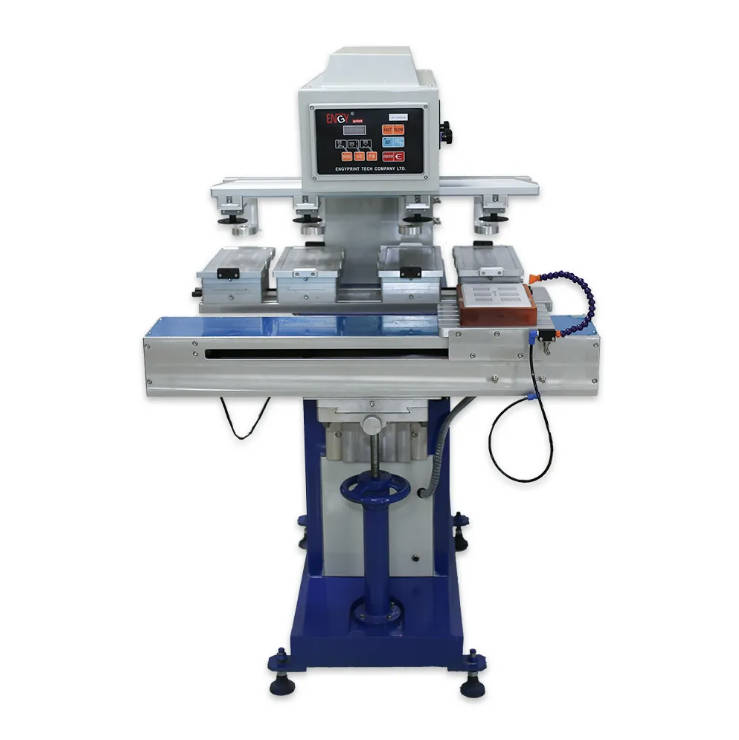Introduction
Pad printing technology has become increasingly popular in various industries for its ability to transfer intricate designs onto a wide range of surfaces. As businesses look to invest in pad printing machines, understanding the differences between semi-automatic and fully automatic options is crucial. This article aims to clarify these differences, helping potential buyers make informed decisions when purchasing an automatic pad printing machine.

1. Understanding Pad Printing
Pad printing is a versatile printing method that utilizes a silicone pad to transfer ink from a printing plate onto a substrate. This technique is particularly effective for printing on irregularly shaped objects, making it a preferred choice for industries such as automotive, medical, and promotional products.
Pad printing machines come in various configurations, with semi-automatic and fully automatic machines being the most common. Each type has its own set of features and benefits, tailored to different production needs.
2. Definition of Semi-Automatic Pad Printing Machines
Semi-automatic pad printing machines require some level of operator involvement during the printing process. Typically, the operator will load the substrate and initiate the printing cycle, allowing the machine to handle the actual printing action.
Common Features of Semi-Automatic Machines
- Basic Operation: These machines often include manual controls for adjusting print settings and positioning.
- User Involvement: Operators are required to manage multiple tasks such as loading materials and monitoring print quality.
- Typical Use Cases: Semi-automatic pad printers are ideal for small to medium production runs where flexibility and cost-effectiveness are priorities.
3. Definition of Fully Automatic Pad Printing Machines
Fully automatic pad printing machines operate with minimal human intervention. Once set up, these machines can run continuously, handling everything from substrate loading to ink application without operator assistance.
Common Features of Fully Automatic Machines
- Complete Automation: These machines often incorporate conveyor systems and automated ink delivery to streamline production.
- Advanced Technology: Fully automatic pad printers may feature integrated drying systems and sophisticated control interfaces for precise adjustments.
- Typical Use Cases: They are best suited for high-volume production environments where efficiency and consistency are paramount.
4. Key Differences Between Semi-Automatic and Fully Automatic Machines
4.1. Operation and User Involvement
One of the most significant differences between semi-automatic and fully automatic pad printing machines lies in the level of operator engagement required. Semi-automatic machines necessitate more hands-on operation, which can be beneficial for smaller runs but may slow down production in larger settings. In contrast, fully automatic machines allow operators to focus on monitoring rather than manual tasks, leading to enhanced productivity.
4.2. Production Speed and Efficiency
When it comes to output rates, fully automatic pad printers typically outperform their semi-automatic counterparts. The automation allows for faster cycle times and increased throughput, making them ideal for businesses with high production demands.
4.3. Cost Considerations
Cost is often a deciding factor for many buyers when choosing between these two options. Semi-automatic machines generally have a lower initial investment compared to fully automatic models. However, it’s essential to consider long-term operational costs, including labor and maintenance, as fully automatic machines may offer savings in these areas over time.
4.4. Flexibility and Customization
Semi-automatic pad printers provide greater flexibility when it comes to handling diverse print jobs or materials since operators can quickly adjust settings between runs. On the other hand, fully automatic machines excel in consistency but may require more time for setup changes.
4.5. Quality Control and Consistency
Quality control is critical in any manufacturing process. Fully automatic pad printing machines often deliver superior consistency due to their automated processes that minimize human error. Conversely, while semi-automatic machines can produce high-quality prints, variations may occur depending on operator skill levels.
5. Pros and Cons of Each Type
5.1. Semi-Automatic Pad Printing Machines
Advantages
- Lower initial investment
- Greater flexibility for varied print jobs
- Easier maintenance due to simpler technology
Disadvantages
- Slower production speeds
- Higher labor costs due to manual operation
- Potential for inconsistent quality based on operator skill
5.2. Fully Automatic Pad Printing Machines
Advantages
- Higher efficiency and faster output rates
- Reduced labor costs with minimal operator involvement
- Enhanced consistency in print quality over time
Disadvantages
- Higher upfront costs
- Less flexibility for quick job changes
- More complex maintenance requirements
6. Factors to Consider When Choosing Between the Two
When deciding between a semi-automatic or fully automatic pad printing machine, several factors should be taken into account:
- Production Volume Requirements: Assess your expected output needs.
- Budget Constraints: Determine your initial investment capacity versus long-term operational costs.
- Type of Products Being Printed: Consider the variety of substrates you will be working with.
- Future Growth Considerations: Think about your business’s scalability needs.
7. Conclusion
In summary, both semi-automatic and fully automatic pad printing machines have their unique advantages and disadvantages, making them suitable for different production environments and business needs. A semi-automatic pad printing machine may be the right choice for smaller operations that require flexibility and lower initial costs. In contrast, a fully automatic pad printing machine is ideal for high-volume production settings where efficiency and consistency are critical.
When considering the purchase of a pad printer, it’s essential to evaluate your specific requirements, including production volume, budget, and the types of products you’ll be printing. By understanding the key differences between these two types of machines, you can make an informed decision that aligns with your operational goals.





